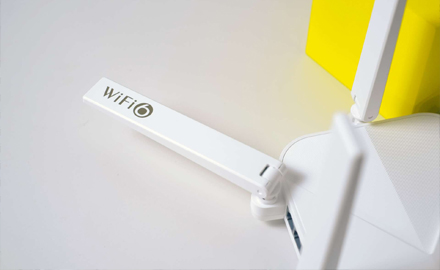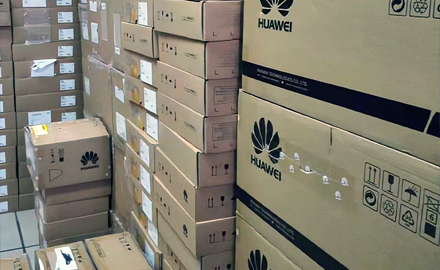Erbium-Doped Fiber Amplifiers (EDFAs) play a crucial role in modern optical communication systems, enhancing the performance and efficiency of long-distance fiber-optic transmission. At the heart of EDFA technology is the laser pump, a key component responsible for the amplification of optical signals within the erbium-doped fiber. To understand the importance of the laser pump in EDFAs, we need to delve into the principles of fiber optics, erbium doping, and the amplification process.

Fiber optics is the backbone of modern telecommunications, providing a means for transmitting vast amounts of data over long distances through thin strands of glass or plastic fibers. However, as light signals travel through the fiber, they inevitably experience attenuation, leading to a loss of signal strength. To overcome this challenge, optical amplifiers are employed to boost the signal power periodically along the transmission path, extending the reach and capacity of the optical communication system.
One of the most widely used optical amplifiers is the EDFA, known for its ability to amplify signals in the 1550-nanometer wavelength range – the "C-band" – where optical fibers exhibit minimal signal loss. The core of an EDFA contains a length of optical fiber doped with erbium ions. Erbium is chosen for its unique property of absorbing and emitting light at around 1550 nm, aligning with the low-loss window of optical fibers.
The amplification process in an EDFA relies on the interaction between the incoming optical signal and the erbium ions within the fiber. When an optical signal enters the erbium-doped fiber, it excites the erbium ions to higher energy levels. The energy stored in these excited ions is then released as additional photons, effectively amplifying the original optical signal. This process is known as stimulated emission.
However, to maintain a population inversion (more ions in the excited state than the ground state) required for efficient amplification, a constant supply of energy is essential. This is where the laser pump comes into play. The laser pump serves as the external energy source that elevates erbium ions to their excited states, ensuring a continuous supply of excited ions available for signal amplification.
The choice of the pump wavelength is critical. Typically, a pump laser emitting at a shorter wavelength than the signal wavelength is used. This is because the energy from the pump laser needs to be efficiently absorbed by the erbium ions. In the case of EDFAs operating in the C-band, a common choice for the pump wavelength is around 980 nm or 1480 nm.
The pump laser is often a high-power semiconductor laser diode. Its output is coupled into the erbium-doped fiber, where it excites erbium ions and maintains the necessary population inversion. The power of the pump laser determines the gain of the amplifier – a higher pump power results in a higher gain.
The importance of the laser pump in EDFAs can be highlighted in several aspects:
1. Maintaining Population Inversion: The laser pump ensures a continuous population inversion of erbium ions, enabling efficient stimulated emission and signal amplification.
2. Amplification Efficiency: The power and efficiency of the pump laser directly impact the overall amplification efficiency of the EDFA. A well-designed pump system enhances the signal amplification while minimizing noise.
3. Extended Transmission Distance: By periodically amplifying optical signals along the fiber-optic transmission path, EDFAs with effective laser pumps enable data to be transmitted over longer distances without significant signal degradation.
4. Wavelength Flexibility: EDFAs with appropriate pump lasers can amplify signals in specific wavelength bands, providing flexibility for wavelength-division multiplexing (WDM) systems where multiple signals at different wavelengths share the same fiber.
5. Network Reliability: The reliability of the laser pump is crucial for the overall reliability of the optical communication network. Redundancy measures are often implemented to ensure continuous operation, and advancements in pump technology contribute to increased system robustness.
In conclusion, the laser pump in an Erbium-Doped Fiber Amplifier is a critical component that provides the energy needed for the amplification of optical signals in the erbium-doped fiber. Its role in maintaining population inversion and ensuring efficient stimulated emission is fundamental to the success of EDFAs in enhancing the performance and reach of modern fiber-optic communication systems. Advances in pump technology continue to play a pivotal role in the evolution of optical networks, supporting the ever-increasing demand for high-speed and reliable data transmission.
 The Difference Between AX1800 ONU and AX3000 ONU
The Difference Between AX1800 ONU and AX3000 ONU
 How are Huawei OLTs Classified?
How are Huawei OLTs Classified?
 The Future Trend of Optical Line Terminals (OLTs)
The Future Trend of Optical Line Terminals (OLTs)
 The Difference Between ONU and ONT
The Difference Between ONU and ONT